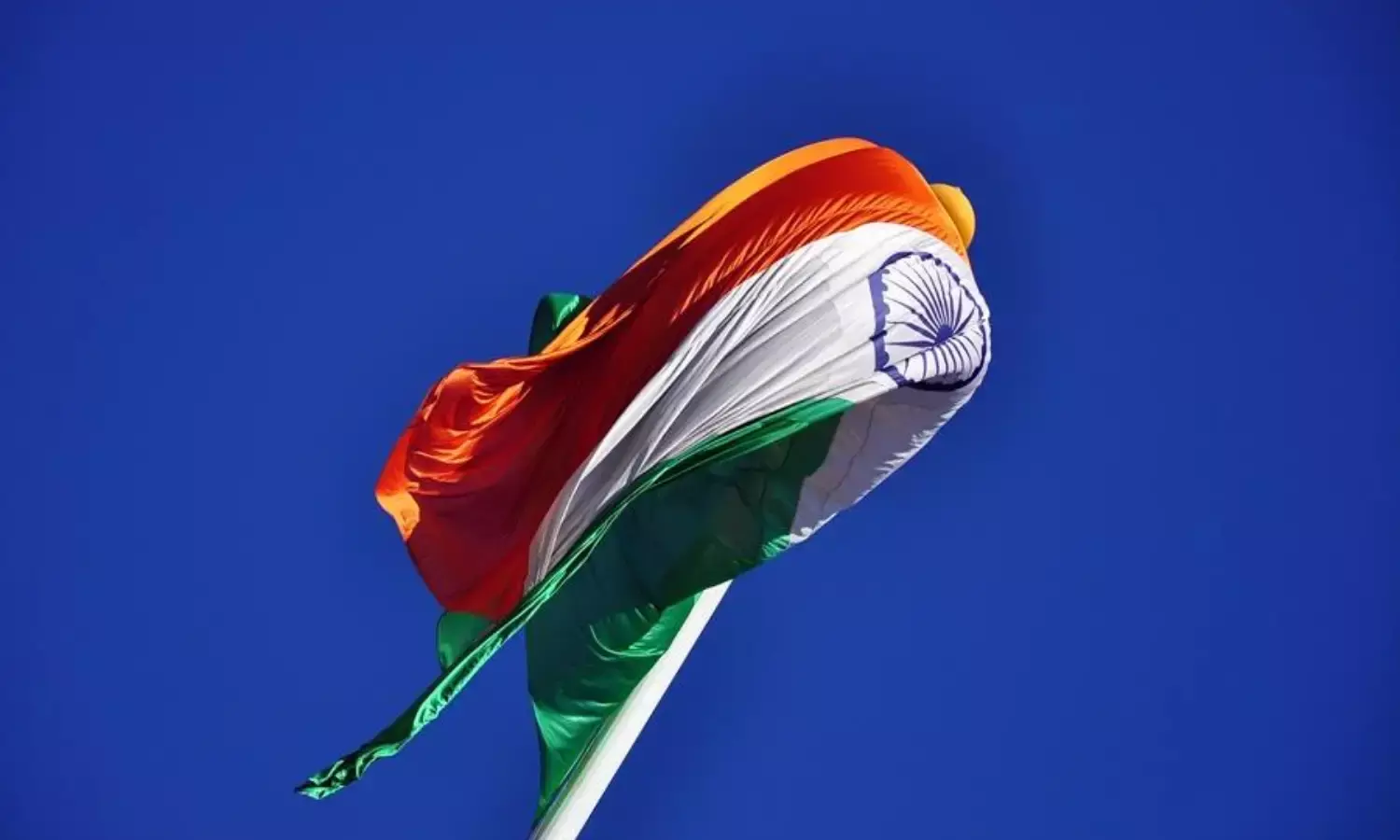Defending Our Constitution
Republic Day 2020

As one flew out of Delhi once dusk fell, the ATC tower at Delhi’s Indira Gandhi International Airport was all lit up in tricolour to mark our Republic Day celebrations. A heart-warming sight indeed and that sudden burst of patriotism does descend on you at such moments and your love for your country flows through your veins. Three years after gaining independence from the British on August 15, 1947, India’s constitution came into effect on January 26, 1950. This day is celebrated as the Republic Day across the country. The main event on this day is always marked with parades on the Rajpath, New Delhi that shows India’s military prowess and cultural diversity.
Your heart really does swell with pride when the President of India hoists the National Flag, the Tiranga. Our flag is a facet of a free country and India has had a rich history behind the evolution of the Tricolour. The Tricolour went through a series of changes, with the first National Flag to have been hoisted on August 7, 1906 in Kolkata. It also had three strips but of red, yellow and green. Pingali Venkayya from Andhra Pradesh is considered to be the designer of the National Flag. He showed it to Mahatma Gandhi in 1921. This design had a spinning wheel at its centre. This was later changed to bring in the modern Tricolour. While the saffron at the top symbolizes the strength and courage, white in the middle stands for peace and green represents fertility, growth and auspiciousness of the land. The chakra in the middle depicts the ‘wheel of law’ or Dharma Chakra in the Sarnath Lion Capital made by emperor Ashoka. It shows that there is life in movement and death in stagnation.
For the times we live in, I think it is of utmost importance for all of us to read the preamble of our constitution…for the words to sink in…for us to understand and imbibe. The fact that people are becoming more aware of what our country stands for and what rights we hold as citizens reaffirms our faith in democracy – even if it opposes the current dictatorial form of governance.
“WE, THE PEOPLE OF INDIA, having solemnly resolved to constitute India into a SOVEREIGN SOCIALIST SECULAR DEMOCRATIC REPUBLIC and to secure to all its citizens:
JUSTICE, social, economic and political;
LIBERTY of thought, expression, belief, faith and worship;
EQUALITY of status and of opportunity;
and to promote among them all
FRATERNITY assuring the dignity of the individual and the unity and integrity of the Nation;
IN OUR CONSTITUENT ASSEMBLY this twenty-sixth day of November, 1949, DO HEREBY ADOPT, ENACT AND GIVE TO OURSELVES THIS CONSTITUTION.”
We must ensure that the Constitution of India, its philosophy, the history around it and the significance is all taught in schools as a compulsory subject. That is the need of the hour. Have we taken our independence for granted over the years? I think so. We have never been pushed into a tight corner as we are in now where our freedom, our rights, our beliefs, our way of life has been questioned. Are we in such a position because we all took it for granted that our leaders would respect what India’s constitution stood for?
Awareness has hit us all smack in the face and it is time to promote fraternity, dignity of the individual, and unity and integrity of the nation. Let us not forget the price that extraordinary men and women paid to win this freedom and that the tree of freedom needs constant care and nourishment. Democracy has conferred rights on each one of us. But along with these rights, come responsibilities which have to be discharged.
India’s pluralism and her social, cultural, linguistic and religious diversity are our greatest strength. Multiple views, thoughts and philosophies have competed with each other peacefully for centuries in our country. A healthy democracy calls for conformity to the values of tolerance, patience and respect for others with integrity, commitment and unflinching loyalty – to the values enshrined in our Constitution.



